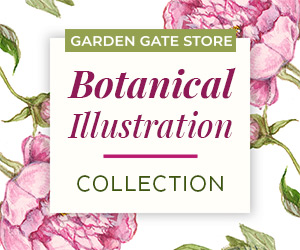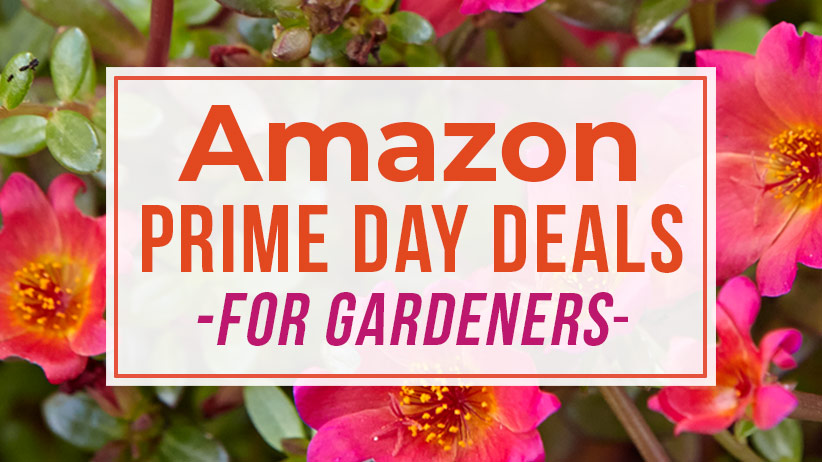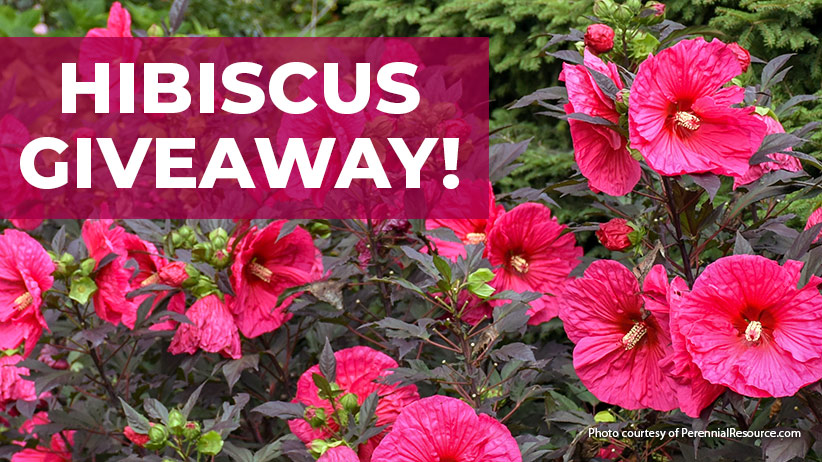 Some paintings look so real they seem to burst from the frame. Here’s something that really does! This project looks tough but it isn’t. First you need a picture frame. It doesn’t matter what size it is. This one had an 18×24-in. opening, but you can use a bigger or smaller frame. If you’re going to paint your frame, do that first. Lighter colors will show up among the plant material better and people will be able to tell what’s holding the plants up.
A simple box, made by screwing four 1x4s together, provides a space for potting mix. And 16-gauge wire stapled onto the box in a grid pattern keeps the plants and mix in the box. I’ll show you how it goes together in the steps and illustrations below.
Some paintings look so real they seem to burst from the frame. Here’s something that really does! This project looks tough but it isn’t. First you need a picture frame. It doesn’t matter what size it is. This one had an 18×24-in. opening, but you can use a bigger or smaller frame. If you’re going to paint your frame, do that first. Lighter colors will show up among the plant material better and people will be able to tell what’s holding the plants up.
A simple box, made by screwing four 1x4s together, provides a space for potting mix. And 16-gauge wire stapled onto the box in a grid pattern keeps the plants and mix in the box. I’ll show you how it goes together in the steps and illustrations below.
TOOLS AND MATERIALS LIST
- 1 picture frame
- 1×4 treated pine boards cut to the size of the frame opening
- 16-gauge wire
- 1/2-in. plywood back cut to the size of the planting box
- Galvanized fencing staples
- 8 L-brackets
- 1 1/2-in. galvanized screws
- Potting mix
- Long-fiber sphagnum moss
- Drill
- Saw

 FIND THE DIMENSIONS To find the dimensions of the planting box, measure the inside edges of the frame. Add 1 1/2-in. to the height and width measurements. This will make the box just a little bigger than the frame so it won’t fall through the opening. It also makes it easier to attach the two together. I’ll tell you more about how to do that in step seven.
FIND THE DIMENSIONS To find the dimensions of the planting box, measure the inside edges of the frame. Add 1 1/2-in. to the height and width measurements. This will make the box just a little bigger than the frame so it won’t fall through the opening. It also makes it easier to attach the two together. I’ll tell you more about how to do that in step seven.
 BUILD THE BOX Cut four pieces of 1×4 treated pine to the sizes you just determined. Position the side boards to the outside of the top and bottom pieces and use two 1 1/2-in. screws at the end of each corner to keep them in place.
BUILD THE BOX Cut four pieces of 1×4 treated pine to the sizes you just determined. Position the side boards to the outside of the top and bottom pieces and use two 1 1/2-in. screws at the end of each corner to keep them in place.
 DRILL THE HOLES Now’s a good time to drill two 1/4-in. holes in the top of the box if you’re going to use drip irrigation. When the whole thing is complete you can insert an emitter into each one. Otherwise, you can water with a gentle spray from a hose or watering can.
DRILL THE HOLES Now’s a good time to drill two 1/4-in. holes in the top of the box if you’re going to use drip irrigation. When the whole thing is complete you can insert an emitter into each one. Otherwise, you can water with a gentle spray from a hose or watering can.
 MAKE THE GRID With the sides together; attach the 16-gauge wire with 3/4-in. galvanized fencing staples to make the grid across the box front. First, mark the boards every 2 in. This makes it easier to know where to put the fencing staples and helps the grid come out more evenly. If the measurements don’t come out exactly even across the board, it’s not a big deal. The plants will cover it up eventually anyway. To make the grid, anchor one end of the wire to the first mark on the board with staple. Then pull the wire back and forth across the front of the box, making a grid with 2-in. squares.
MAKE THE GRID With the sides together; attach the 16-gauge wire with 3/4-in. galvanized fencing staples to make the grid across the box front. First, mark the boards every 2 in. This makes it easier to know where to put the fencing staples and helps the grid come out more evenly. If the measurements don’t come out exactly even across the board, it’s not a big deal. The plants will cover it up eventually anyway. To make the grid, anchor one end of the wire to the first mark on the board with staple. Then pull the wire back and forth across the front of the box, making a grid with 2-in. squares.
 ADD MOSS & MIX With the wire secured and your grid complete, flip the box over and lay it face down on a work table. Pack a 1- to 2-in. layer of moistened long-fiber sphagnum moss over the grid. The moss is easier to work with when it’s damp but not dripping. Fill the box with potting mix so it’s almost level with the top of the side boards.
ADD MOSS & MIX With the wire secured and your grid complete, flip the box over and lay it face down on a work table. Pack a 1- to 2-in. layer of moistened long-fiber sphagnum moss over the grid. The moss is easier to work with when it’s damp but not dripping. Fill the box with potting mix so it’s almost level with the top of the side boards.
 ATTACH THE BACK Cut a piece of 1/2-in. treated plywood the same size as the box frame. Secure the plywood to the box frame by screwing in several 1 1/2-in. galvanized screws into the box frame.
ATTACH THE BACK Cut a piece of 1/2-in. treated plywood the same size as the box frame. Secure the plywood to the box frame by screwing in several 1 1/2-in. galvanized screws into the box frame.
 PUT IT ALL TOGETHER Attach the frame to the box with two L-brackets on each side. Lay the frame face down, position the box on the back, plywood side up, and mark where the brackets should go. Make sure they’re spaced evenly. If the frame is large, you may need more brackets. Now remove the box and attach the brackets to the frame at the marked spots with 1/2-in. screws. Replace the planting box and screw it to the bracket. Now your frame is ready to plant!
PUT IT ALL TOGETHER Attach the frame to the box with two L-brackets on each side. Lay the frame face down, position the box on the back, plywood side up, and mark where the brackets should go. Make sure they’re spaced evenly. If the frame is large, you may need more brackets. Now remove the box and attach the brackets to the frame at the marked spots with 1/2-in. screws. Replace the planting box and screw it to the bracket. Now your frame is ready to plant!
Lenore used a flat of Wizard™ mix coleus and planted one or two per grid square but you can use succulents and other low-growing plants, too.
Display your new “artwork” on a sturdy easel or lean it against a wall for a colorful show all summer.
















